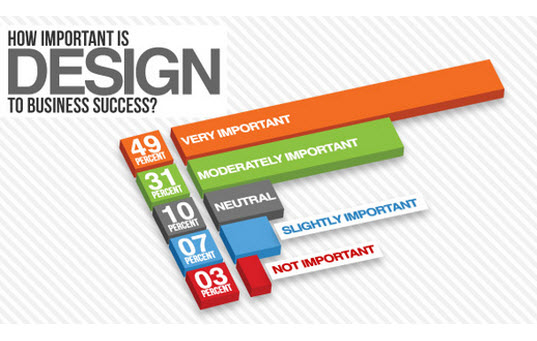Fascinated In Discovering Just How Site Layout Has Progressed Over The Years? Check Out The Trip From Fundamental, Uncomplicated Designs To User-Centric User Interfaces That Focus On The Visitor'S Experience
Fascinated In Discovering Just How Site Layout Has Progressed Over The Years? Check Out The Trip From Fundamental, Uncomplicated Designs To User-Centric User Interfaces That Focus On The Visitor'S Experience
Blog Article
Posted By-Asmussen Gibbons
In the past, web sites were straightforward and concentrated on details. Navigating was straight, and design was for desktops. Currently, user experience is vital. Information guides layouts for simple navigation. Receptive designs suit different gadgets. Today, dark mode reduces pressure, and minimalist food selections enhance navigation. Interactive functions involve customers, and strong visuals stand out. AI combination increases involvement. See just how layout has developed to improve your online journey.
Very Early Days of Web Design
In the very early days of web design, simpleness reigned supreme. Internet sites were fundamental, with limited shades, font styles, and formats. The focus was on offering info rather than showy visuals. Individuals accessed the internet through sluggish dial-up connections, so rate and capability were essential.
Navigating web design and development were straightforward, commonly situated on top or side of the web page. Sites were made for desktop, as mobile browsing wasn't yet prevalent. Web content was king, and developers focused on simple readability over complicated style elements.
HTML was the primary coding language used, and designers had to work within its constraints. Computer animations and interactive attributes were minimal contrasted to today's criteria. Internet sites were static, with little dynamic web content or individualized individual experiences.
Rise of User-Focused Style
With the development of internet site design, a shift towards user-focused layout concepts has become progressively famous. Today, creating web sites that prioritize individual experience is vital for engaging visitors and achieving business goals. https://affiliatemarketingwebsite39517.newsbloger.com/30413591/increase-your-visibility-on-the-web-by-picking-the-perfect-local-search-engine-optimization-company-for-your-firm-discover-just-how-to-make-the-most-effective-decision -focused layout entails understanding the needs, preferences, and actions of your target audience to tailor the site's layout, web content, and features as necessary.
Developers now conduct thorough research, such as individual studies and functionality testing, to collect understandings and comments directly from individuals. This data-driven technique assists in creating instinctive navigating, clear calls-to-action, and aesthetically attractive user interfaces that reverberate with site visitors. By positioning the individual at the center of the design process, internet sites can deliver a more individualized and pleasurable experience.
Responsive style has additionally emerged as a key element of user-focused layout, making sure that websites are enhanced for different devices and screen dimensions. This adaptability improves accessibility and usability, accommodating the diverse ways users engage with sites today. Basically, the increase of user-focused style indicates a shift towards developing electronic experiences that prioritize the needs and expectations of the end user.
Modern Trends in Website Design
Discover the most up to date trends forming web design today. One famous pattern is dark mode style, supplying a streamlined and contemporary appearance while decreasing eye strain in low-light settings. An additional crucial pattern is minimal navigation, simplifying menus and enhancing user experience by focusing on essential elements. Including web seo consultant -interactions, such as computer animated switches or scrolling effects, can produce a much more appealing and interactive web site. Responsive layout continues to be crucial, making certain seamless individual experiences across different tools. Additionally, using vibrant typography and unbalanced designs can add aesthetic interest and accentuate details content.
Integrating AI technology, like chatbots for consumer assistance or tailored recommendations, improves customer involvement and enhances processes. Availability has also become a substantial fad, with developers focusing on inclusive layout practices to accommodate diverse customer demands. Embracing sustainability by maximizing site performance for rate and performance is an additional arising trend in web design. get website content with customer responses and data analytics to iterate and improve style continually is important for staying relevant in the ever-evolving digital landscape. By embracing these modern-day patterns, you can produce a visually attractive, user-friendly site that resonates with your audience.
Conclusion
As you reflect on the advancement of website layout from the very early days to currently, you can see just how user-focused layout has actually become the driving force behind contemporary fads.
Embrace the trip of change and adaptation in web design, always maintaining the customer experience at the forefront.
Keep present with the most recent patterns and modern technologies, and never ever stop developing your strategy to create aesthetically spectacular and user-friendly internet sites.
Evolve, adapt, and develop - the future of website design remains in your hands.
